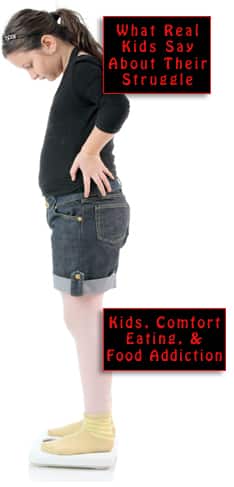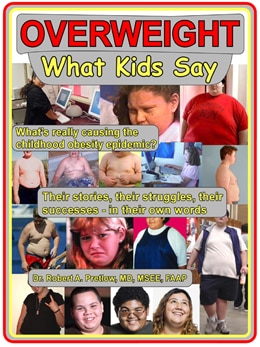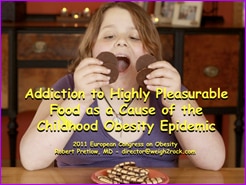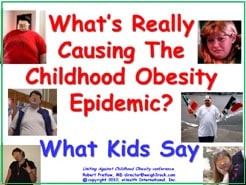
Back in 2014, the Centers for Disease Control and Prevention released several charts and tables that collectively told a dismal story of how, since the 1950s, child obesity rates had doubled and adolescent numbers had quadrupled. This led to the publication of an article titled “6 real culprits that are making American kids fat.”
What were those villains deemed to be? For starters, people were eating an enormous amount of sugar, like an average of 132 pounds per year per capita. Even way back at the turn of the century, in 1900, that figure had been 90 pounds per year, and at no point since then had it decreased. Also, awareness was dawning that sugar, especially in the form of high fructose corn syrup, is wickedly addictive.
At the same time, people were eating lots of fast food, which is mostly highly processed fare, and fresh fruits and vegetables were much less popular than pizza, pancakes, pasta, and potatoes of the fried variety.
Bad habits grow fast
People, especially the young, were watching way too much television and neglecting physical activity in droves. Lack of exercise also contributed to insulin resistance, which is associated with both diabetes and obesity. To and from school, kids were traveling by car rather than walking or bicycling.
Among average people and their average meals, portion sizes had grown humongous. Since the 1950s, the standard portion size for soda pop had grown from seven ounces to an astounding 42 ounces, while the size of a hamburger tripled, and an order of fries did too. Last but not least, advertising convinced people to buy more and more of those processed, excessively large meals.
Of course, all these factors sound very familiar to today’s well-informed public, but back then, more than a decade ago, awareness of such matters was nowhere near as acute. In 2019, a randomized controlled trial, led by Kevin D. Hall, Ph.D., stirred things up by finding an association between ultra-processed foods and weight gain that did not exist with an unprocessed diet.
So, what else is new?
In the same year, The New York Times published an exposé of a “shadowy industry group” called ILSI. Reporter Andrew Jacobs commenced by remarking that, when the food corporations objected to the proposed inclusion of red warning labels on junk food, the government of India had backed down. Those who wanted warning labels were, naturally, unhappy; so the government set up a panel of experts to review the proposal yet again.
However, the choice of a Nestlé S.A. adviser to head the three-member committee did not go over well. Dr. Boindala Sesikeran was also a representative of the International Life Sciences Institute, an American nonprofit funded by agribusiness, food, and pharmaceutical corporations that works with, or some say infiltrates, governmental bodies in charge of nutrition and health. ILSI had been founded by a high-ranking Coca-Cola executive, so what could go wrong?
Jacobs writes,
In China, the institute shares both staff and office space with the agency responsible for combating the country’s epidemic of obesity-related illness. In Brazil, ILSI representatives occupy seats on a number of food and nutrition panels that were previously reserved for university researchers.
Sounds cozy.
(To be continued…)
Your responses and feedback are welcome!
Source: “6 real culprits that are making American kids fat,” MarketWatch.com, 01/18/15
Source: “A Shadowy Industry Group Shapes Food Policy Around the World,” NYTimes.com, 09/16/19
Image by Hans/Pixabay

 FAQs and Media Requests:
FAQs and Media Requests: 











